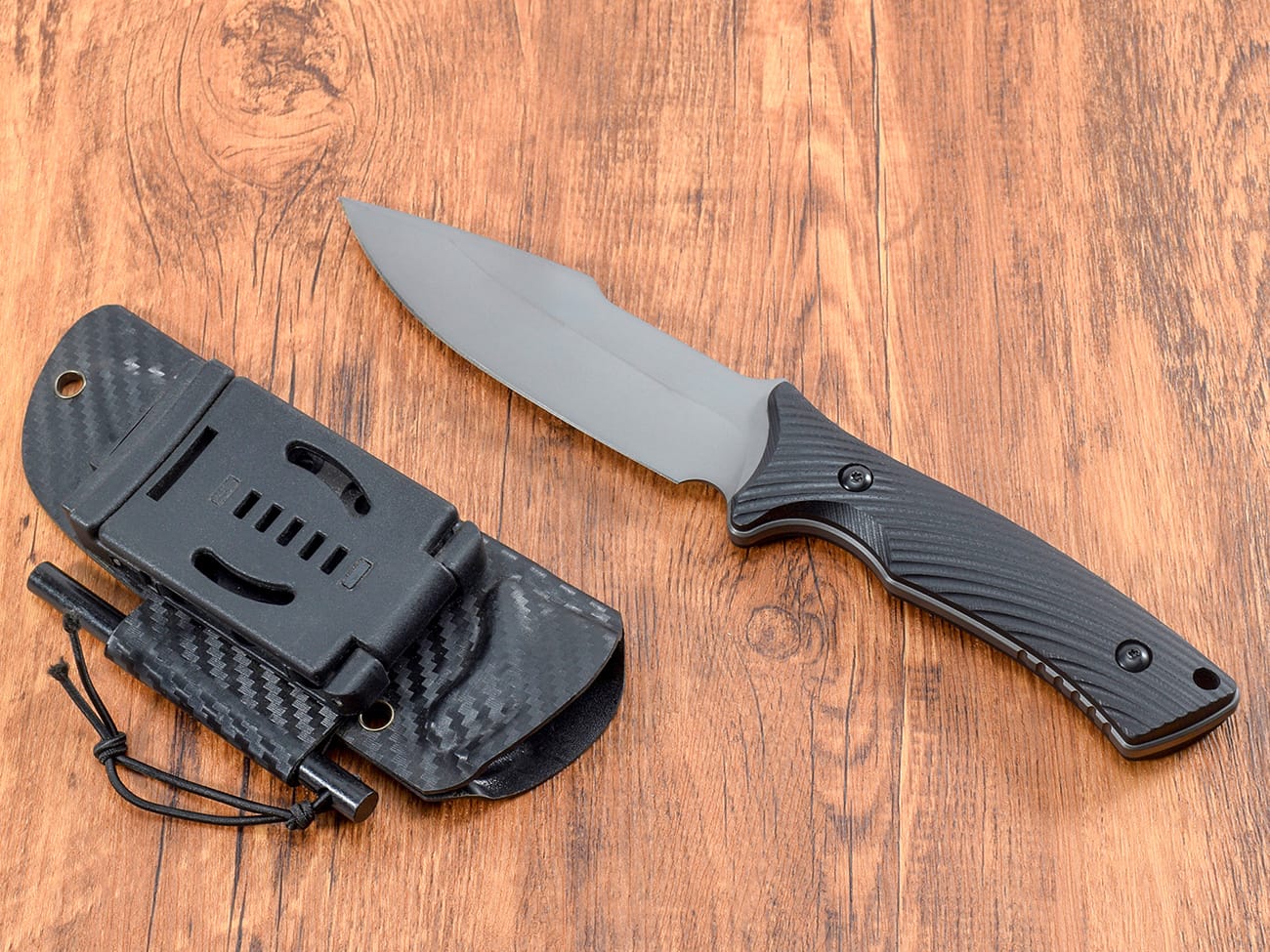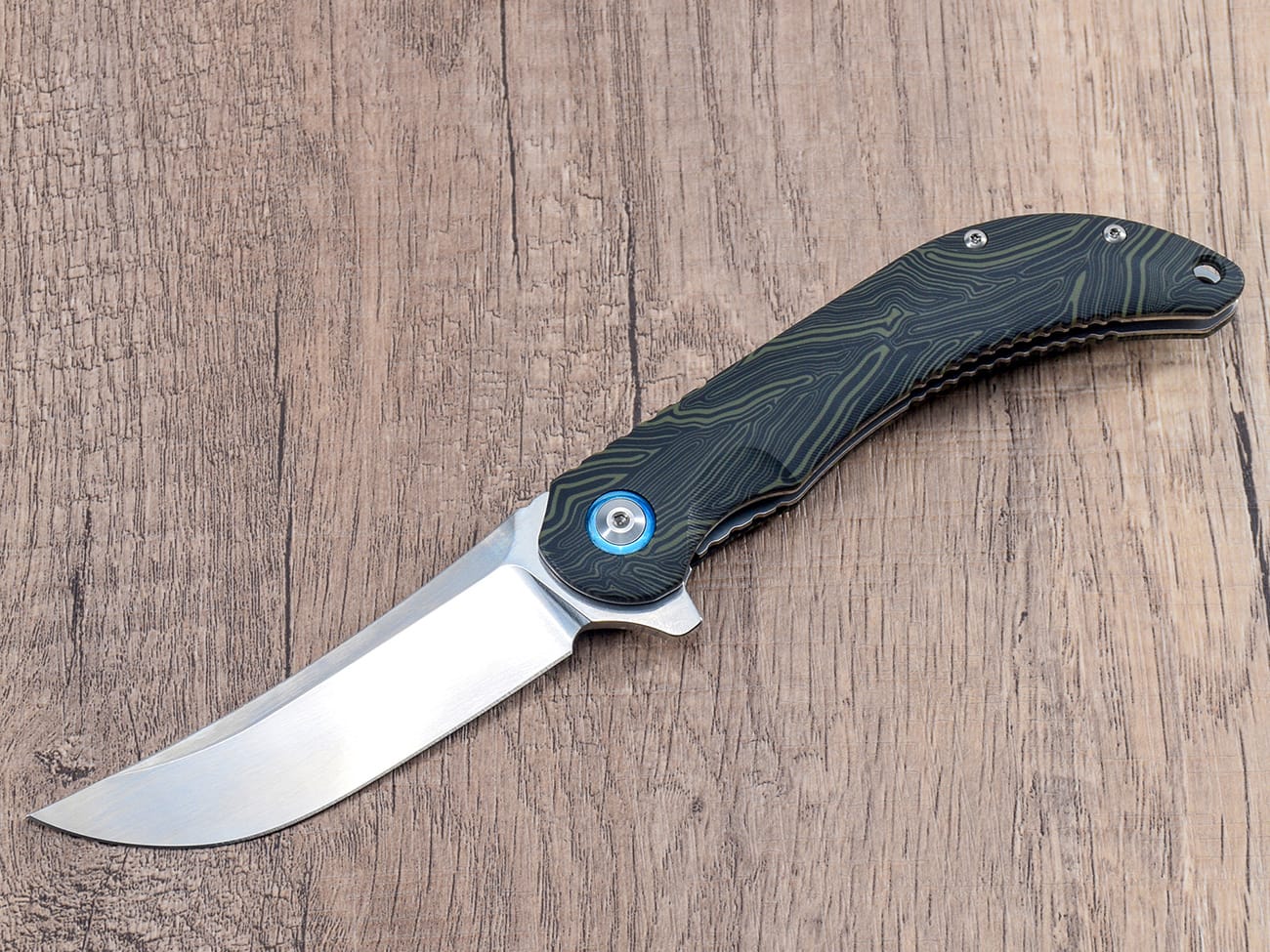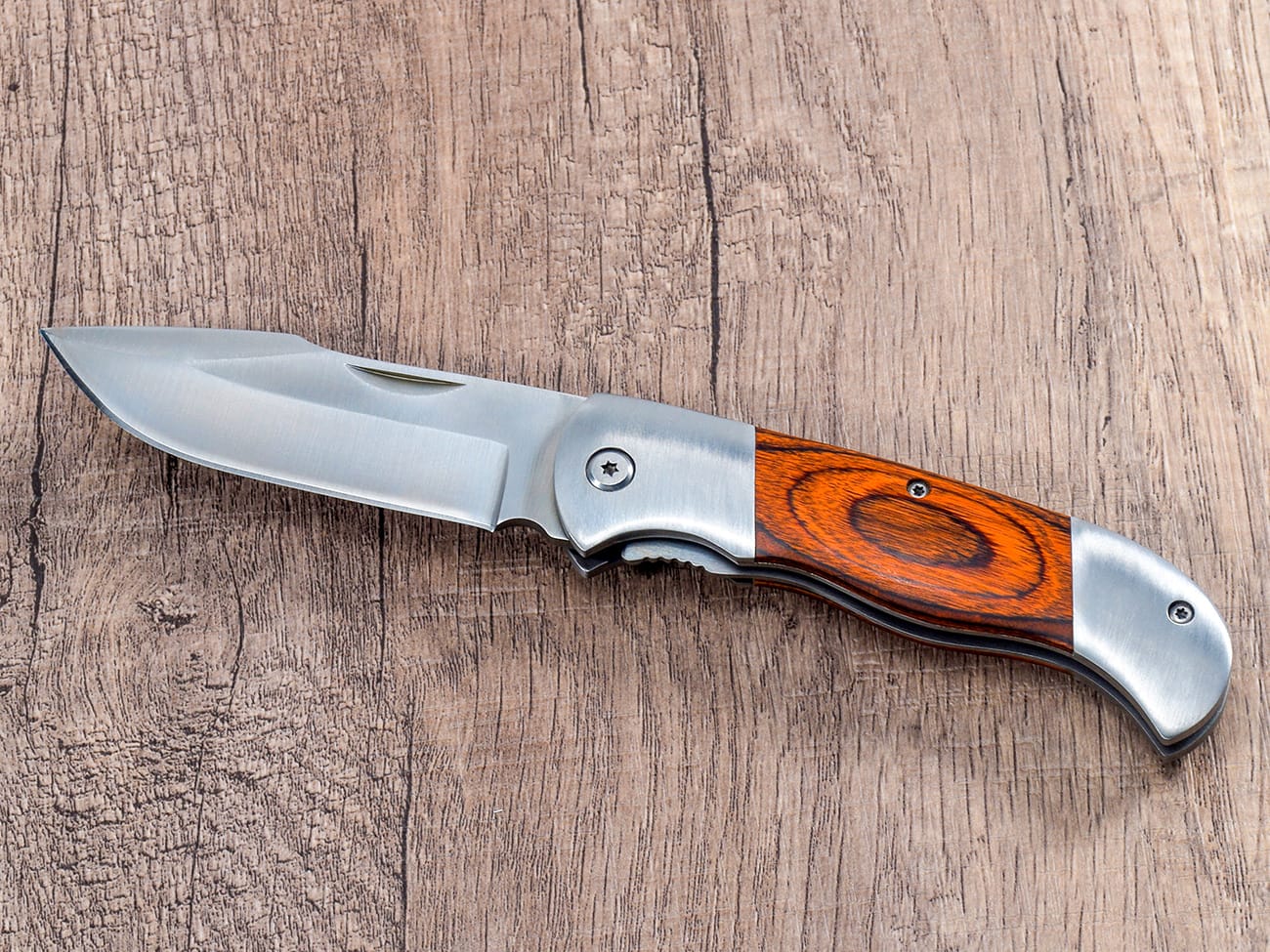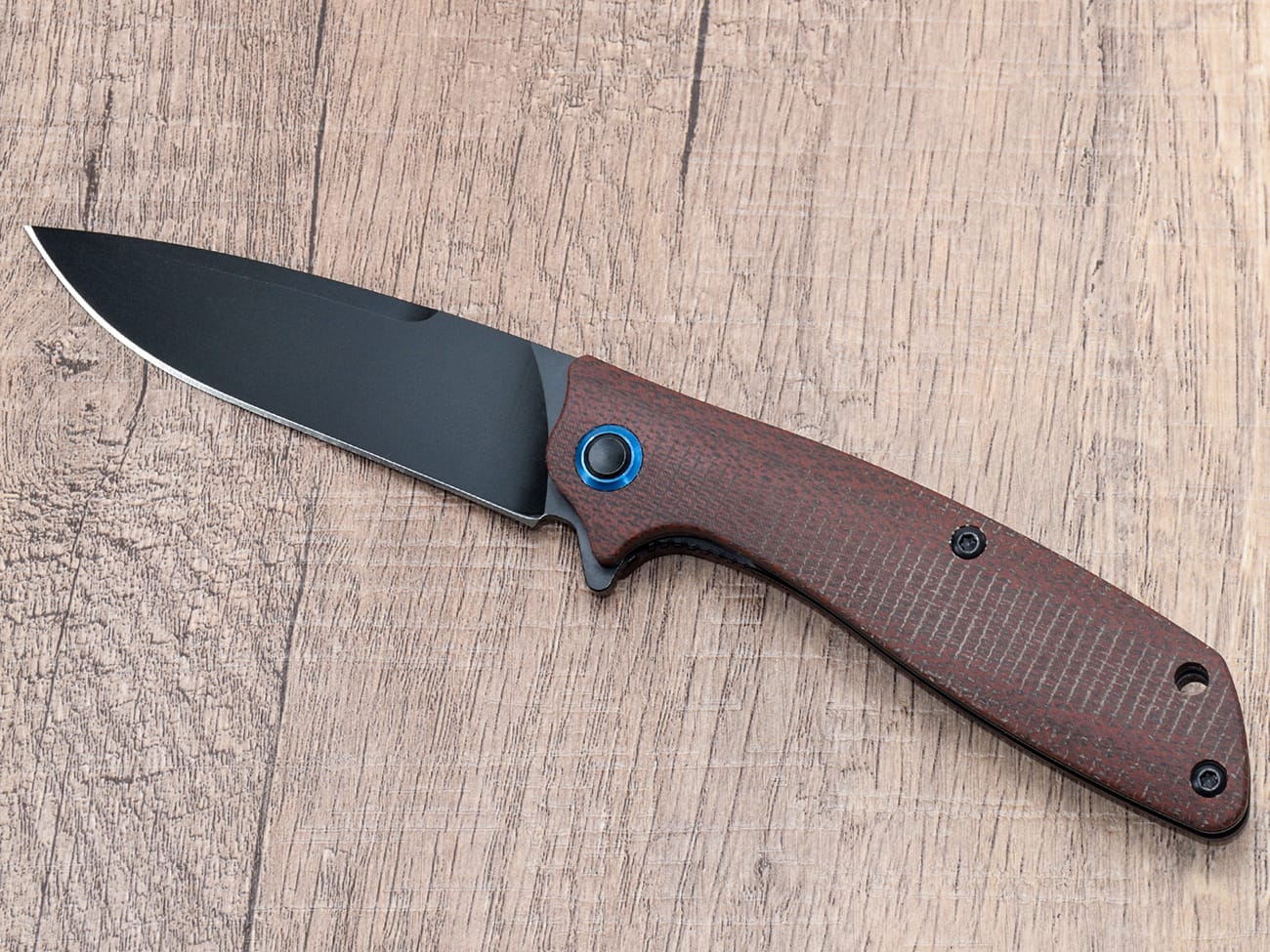Selecting the perfect hunting knife can be a daunting task, but it’s crucial for any serious hunter. Whether you’re a seasoned pro or just starting out, having the right knife can make all the difference in your hunting experience. This comprehensive guide will walk you through everything you need to know about choosing the best hunting knife for your needs. From blade types to handle materials, we’ll cover it all to ensure you make an informed decision.

Why is Choosing the Right Hunting Knife So Important?
Before we dive into the specifics, let’s understand why selecting the appropriate hunting knife is crucial:
- Efficiency: A good hunting knife makes field dressing and skinning much easier and faster.
- Safety: The right knife reduces the risk of accidents and injuries during use.
- Durability: A quality knife will last longer and perform better over time.
- Versatility: The best hunting knives can handle various tasks in the field.
Now, let’s explore the key factors to consider when choosing your hunting knife.
What Types of Hunting Knives Are Available?
There are several types of hunting knives, each designed for specific purposes:
- Fixed blade knives: These are sturdy and reliable, perfect for heavy-duty tasks.
- Folding knives: More compact and portable, ideal for hunters who prefer lighter gear.
- Skinning knives: Designed specifically for removing an animal’s hide.
- Caping knives: Used for precise cuts around an animal’s head and shoulders.
- Gut hook knives: Feature a special hook for opening up an animal’s abdomen without puncturing internal organs.
How Do I Choose the Right Blade Shape?
The blade shape is crucial for a hunting knife’s performance. Here are some common blade shapes:
- Drop point: Versatile and great for all-around use.
- Clip point: Excellent for detailed work and precision cuts.
- Skinning blade: Curved design ideal for removing hides.
- Tanto point: Strong tip for puncturing, but less versatile for skinning.
Consider the type of hunting you’ll be doing and choose a blade shape that suits your needs.
What Blade Materials Are Best for Hunting Knives?
The blade material affects the knife’s durability, edge retention, and ease of sharpening. Common materials include:
- Stainless steel: Resistant to corrosion and easy to maintain.
- Carbon steel: Holds an edge well but requires more maintenance to prevent rust.
- Damascus steel: Beautiful and strong, but often more expensive.
- D2 steel: Excellent edge retention and wear resistance.
How Important is the Knife Handle?
A comfortable and secure grip is essential for safe and effective use of your hunting knife. Consider these handle materials:
- G10: Durable and lightweight synthetic material.
- Wood: Traditional and attractive, but requires more maintenance.
- Micarta: Tough and provides excellent grip when wet.
- Rubber: Offers good grip and shock absorption.
Should I Choose a Fixed Blade or Folding Hunting Knife?
Both fixed blade and folding knives have their advantages:
Fixed Blade Knives:
- Stronger and more durable
- Better for heavy-duty tasks
- Easier to clean
Folding Knives:
- More compact and portable
- Safer to carry
- Often lighter weight
Consider your hunting style and preferences when making this choice.
What Blade Length is Ideal for a Hunting Knife?
Blade length depends on the tasks you’ll be performing:
- 2.5-3.5 inches: Good for detail work and small game
- 3.5-5 inches: Versatile for most hunting tasks
- 5+ inches: Suitable for larger game and heavy-duty use
Remember, longer isn’t always better. Choose a length that feels comfortable and manageable for you.
How Do I Ensure My Hunting Knife Stays Sharp?
A sharp knife is crucial for safety and efficiency. Here are some tips:
- Invest in a good sharpening system
- Learn proper sharpening techniques
- Sharpen your knife before each hunting trip
- Touch up the edge in the field as needed
Consider the Work Sharp Guided Field Sharpener for easy maintenance in the field.
What Additional Features Should I Look for in a Hunting Knife?
Some extra features to consider include:
- Gut hook: Useful for field dressing
- Serrated edge: Helpful for cutting through tough materials
- Lanyard hole: Adds security and prevents loss
- Full tang construction: Provides strength and durability
How Much Should I Expect to Spend on a Quality Hunting Knife?
Hunting knives can range from $20 to $500 or more. While you don’t need to break the bank, investing in a quality knife is worthwhile. A good hunting knife in the $50-$150 range should serve most hunters well.
What Are Some Recommended Hunting Knife Brands?
Some reputable brands to consider include:
- Buck Knives
- Benchmade
- Gerber
- ESEE
- Spyderco
Remember to read reviews and handle knives in person if possible before making a decision.In conclusion, choosing the best hunting knife requires careful consideration of your specific needs and preferences. By taking into account factors such as blade shape, material, handle design, and overall construction, you can find a knife that will serve you well for years to come. Remember, the perfect hunting knife is one that feels comfortable in your hand and performs the tasks you need it to do efficiently and safely.Here’s a summary of the key points to remember when choosing a hunting knife:
- Consider the type of hunting you’ll be doing
- Choose a blade shape and length that suits your needs
- Select a durable blade material with good edge retention
- Ensure the handle provides a comfortable and secure grip
- Decide between a fixed blade or folding knife based on your preferences
- Look for additional features that may be useful in the field
- Invest in a quality knife within your budget
- Don’t forget to maintain and sharpen your knife regularly
By keeping these factors in mind, you’ll be well-equipped to choose the best hunting knife for your next outdoor adventure. Happy hunting!




